2D and 3D Bounding Box Annotation Services Benefits
Bounding box annotation is a technique that makes recognizing and classification of attributes easier for computer vision tools. It means that it helps to highlight appropriate parts of the image and use this data for future needs.
Thus, for example, bounding box object detection can be used for autonomous vehicles training to make it available for them to detect different objects in surroundings such as signals, lights, lanes, traffic and other. In such a way it is helpful for self-driving vehicles as it makes it possible for them to coordinate properly on the road.
As you can see bounding box labeling is a useful and important thing that demands a lot of precise work as it must work correctly. And it is a pretty difficult task to manage.
To achieve necessary goals there are also different types of bounding box annotation such as 2D bounding box annotation and 3D bounding box annotation. They differ from each other in a way they recognize the objects. Thus, 2D labeling means just building points that are corners of the future cube that helps machine learning to recognize and classify an object in such a way while 3D annotation, also named object detection annotation cubic, can build more points to treat objects as volumetric and gain more data about it in such a way. In some cases, 3D bounding box object detection is the only suitable solution.
But the main point is that both of them are directed to help machine learning to determine objects on the image, understand their size, location, class and other important details about the object to get well-trained AI models.
The best thing about an image bounding box labeling tool is that it can be useful in nearly any field apart from the examples already mentioned above. Thus, it is widely used in retail and eCommerce, for insurance, robotics, healthcare, aggrotech and many more.
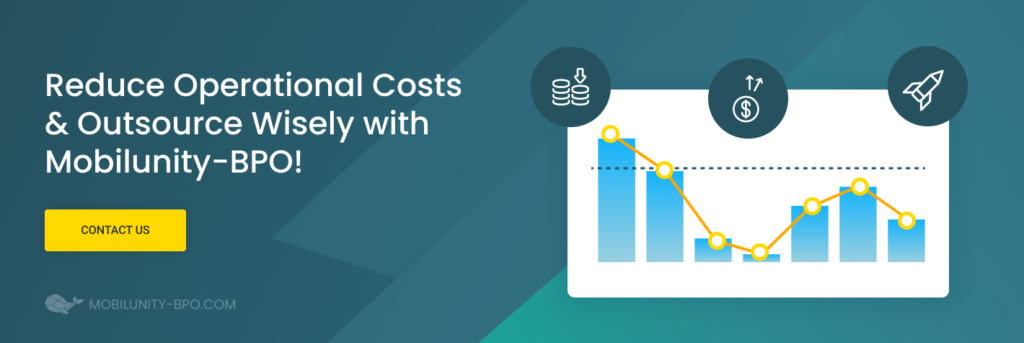
Use Cases of Bounding Box Labeling
To make it more clear which specific tasks bounding box tagging can help to solve here is a list of its use cases:
- identifying different objects entirely (like people, cars, differentiation of other objects in surroundings)
- identifying and classifying parts of the objects (like mimics of people, some accessories, fetuses on a tree)
- measuring needed characteristics (size, location, color, width, height and other)
- 3D annotation services also make it possible to distinguish the location of the object properly and its depth
Thus, as you can see, there are several levels on which bounding box annotation can work to satisfy all possible needs you may have.
Application of Bounding Box Tagging
So let’s make a more precise look on the specific tasks bounding box annotation can help you to manage in different industries.
- Retail and eCommerce. In this field bounding box labeling helps to visualize the items on the shelves or in the online shop. Hence due to it machine learning mechanisms can recognize such objects as accessories, furniture or other needed goodies. It all depends on the right labeling. The result of it may be an automatic billing to customers made by the system itself.
- Insurance demands. Damage caused to vehicles as a result of car accidents, for example, can be viewed and identified due to computer vision and an image bounding box object detection deep learning technique in particular. Damaged vehicle roof or body, broken glasses or lights can be easily recognized by this tool. Thus, machine learning can evaluate the level of the caused damage and certify insurance companies according to necessary claims.
- Automotive industry: autonomous cars. Training of AI-based vehicles is nearly the best application for bounding box tagging so it depicts all its possibilities and benefits clearly. Thus in this case 2d bounding box annotation services can help in building learning frames for vehicles to detect different objects in a real-life scenario like potholes, traffic signals. lanes, traffic and pedestrians. This field requires a totally clear and precise work of the system as people’s life depends on it so it shows us all the possibilities and difficulties bounding box labeling tools can manage.
- Agriculture. In agriculture, bounding box annotation can help to recognize fetuses, for example, and measure their size, giving us valuable information whether they are already ripe or not. It also can measure other necessary characteristics thus helping us to control wide ranges of plants.
- Flying machines. For flying machines like drones it can be useful in that case it helps to identify objects it can see and hence make some actions based on this information. Besides, it can send needed data to people that require it but cannot gain by themselves. For example, if we need to research waste or far location then it will be helpful to do it by drone that will classify what is seen and give us only required information.
There are only several industries given as an example of using bounded boxes labeling but there are many more of them and this tool is super helpful in each. So this type of tagging is essential nearly everywhere as it helps to build a learning system for the artificial intelligence to use it instead of the human work or in addition to it. In both ways 2D and 3D annotation is an indispensable thing!

Subtypes of Bounding Boxes Annotation Services
There are also several subtypes of bounding box labeling.
- Object detection. It means object recognizing by the computer vision trained due to 2D bounding box annotation techniques. So it can identify necessary objects in different surroundings.
- Object localization. This technique means recognizing the localization of the object in space. It is useful when it is necessary to relate an object to other objects.
- Automatic tagging. It is widely used in retail and eCommerce to identify some parts of the objects (for example, accessories) and make it easier to find them. This tool is super helpful when it is needed to make a visual search.
Challenges in 2D and 3D Bounding Box Annotation
Bounding box annotation is a crucial aspect of training machine learning models for various applications, including object detection and recognition in industries like retail and agriculture. Both 2D bounding box annotation and 3D bounding box annotation come with their unique challenges. This article aims to provide an overview of these challenges and offer strategies to address them while using a 2D bounding box annotation service, 3D cube BPO, or bounding box outsourcing.
- Challenge 1: Maintaining Consistency and Quality in Bounding Box Annotation
When employing 2D annotation and 3D cube BPO services, ensuring consistent and high-quality annotations is critical. This can be particularly challenging when working with large datasets and multiple annotators.
Strategy: Implement quality control measures and annotation guidelines to maintain consistency across different annotators. Regularly review and provide feedback on their work, and establish a standardized workflow for the annotation process.
- Challenge 2: Handling Complex Objects and Scenes
Complex objects and scenes can present challenges in both 2D bounding box annotation for retail sector and 2D bounding box annotation for agriculture. Examples include occluded objects, overlapping objects, and objects with varying scales and orientations.
Strategy: Provide clear instructions to annotators on how to handle these complexities. Additionally, consider using advanced annotation tools that support features such as hierarchical annotation, automatic object detection, and scale normalization.
- Challenge 3: Adapting to Different Data Formats and Annotation Requirements
Bounding box annotation service providers often need to handle various data formats and annotation requirements, especially when working across industries like retail and agriculture.
Strategy: Develop a flexible and adaptable annotation pipeline that can accommodate different data formats and annotation requirements. This may involve using annotation tools that support multiple file formats, as well as training annotators to work with diverse datasets.
- Challenge 4: Ensuring Data Privacy and Security
When outsourcing 2D and 3D bounding box annotation tasks, data privacy and security are of utmost importance. This is particularly relevant when working with sensitive data, such as customer information or proprietary business data.
Strategy: Choose a reputable bounding box outsourcing provider with robust data security measures in place. Additionally, establish clear guidelines on data handling and storage when outsource data labeling, and ensure all parties involved in the annotation process adhere to these guidelines.
- Challenge 5: Balancing Cost and Quality
Cost is often a primary concern when outsourcing 2D and 3D bounding box annotation tasks. However, it is essential to strike a balance between cost and quality to ensure the best possible results.
Strategy: When selecting a bounding box annotation service or 3D cube BPO provider, consider factors such as their track record, expertise, and the quality of their output. Don’t compromise on quality for the sake of cost, as low-quality annotations may ultimately hinder the performance of your machine learning models.
Top-5 Bounding Box Tools
There are different tools to manage specific tasks bounding box deals with so here is a list that may be helpful in choosing a tool.
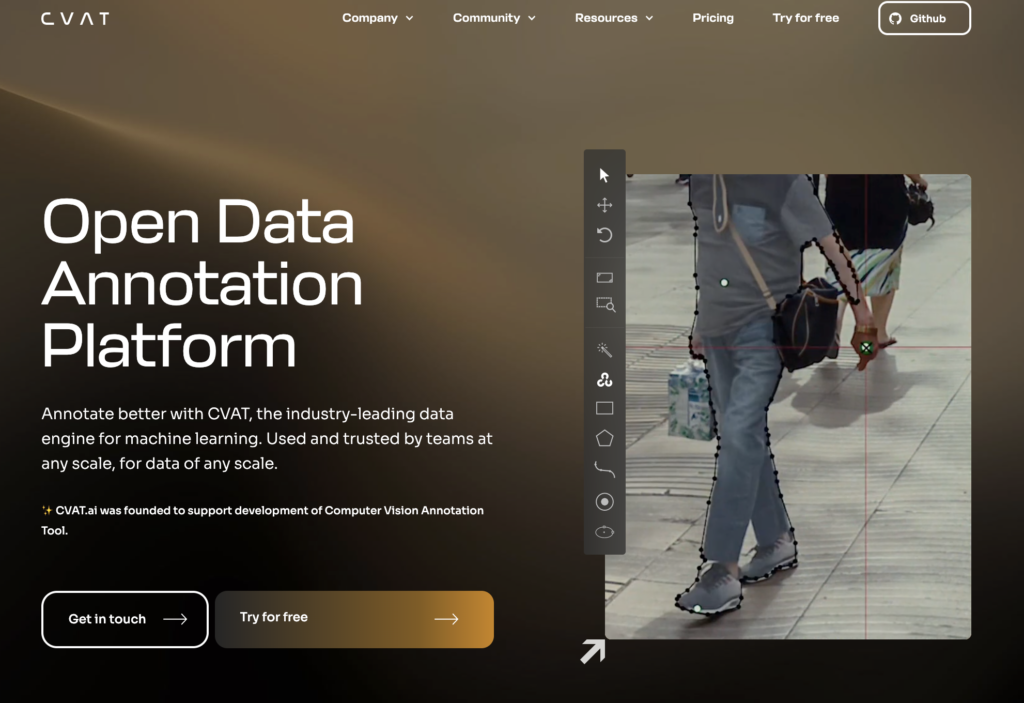
It is a high-quality tool with an open-source software that can annotate both image and video. The best thing about it is that you can download it on any operating system or even work online on the website. It includes various annotation tools such as polylines, polygons, rectangles, cuboids, tags and tracks. So it would be helpful for any type of annotation whether it is 2D or 3D annotation, polygon annotation or any other.
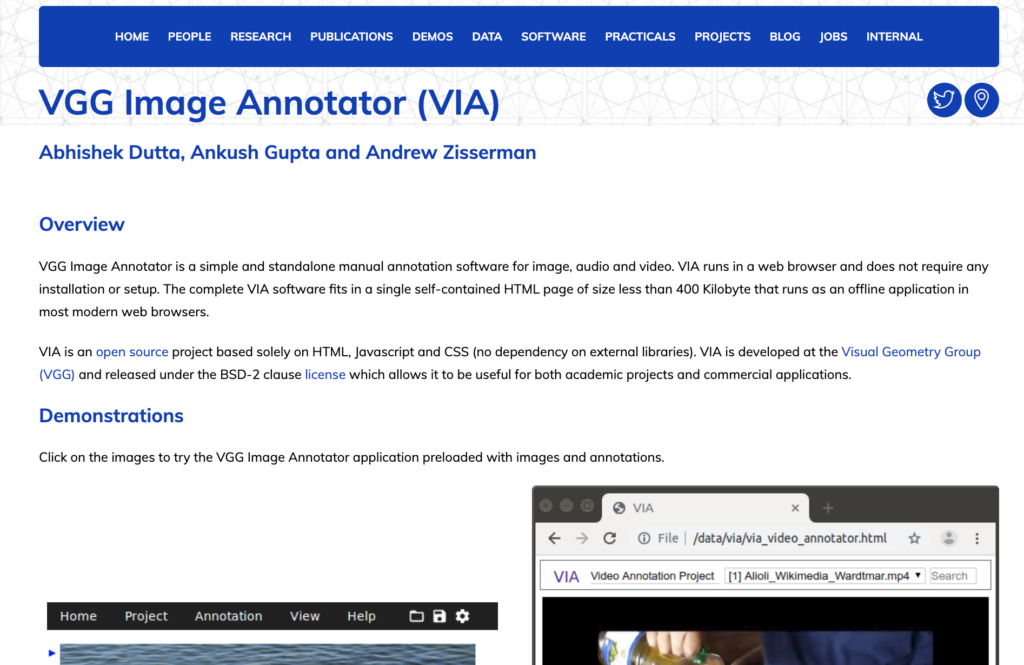
It is a one more open-source tool which does not require downloading hence you can work in it through your browser. It also supports different annotation shapes such as bounding boxes, ellipses, polygons, points, circles and polylines. Moreover, it is one of the best tools for polygon bounding box object detection. It can be used for image, video and audio annotation.
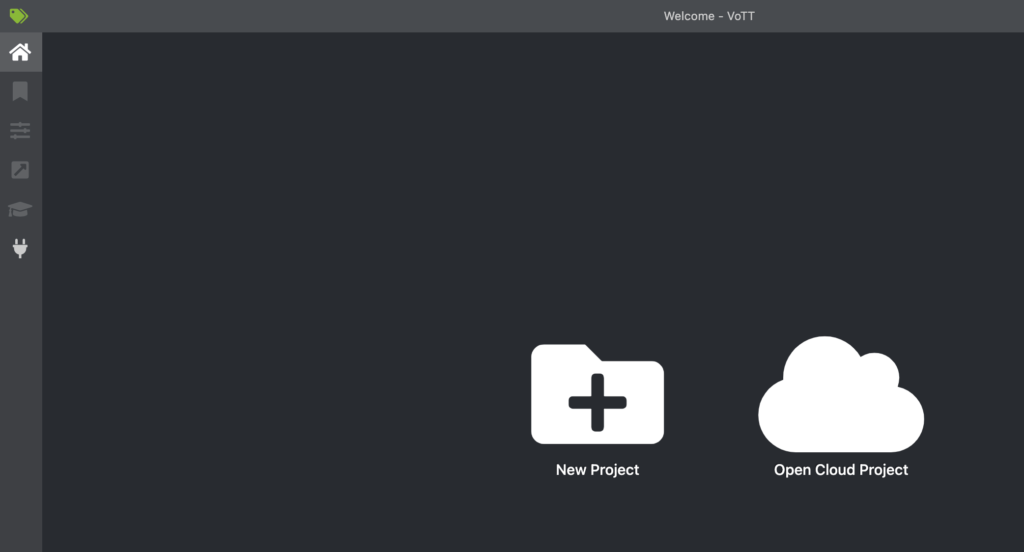
This tool can run from source or on OSX, Linux or Windows. You can also use it as a web application on your browser. It works with local and cloud storage though the web app works only with cloud storage. It has two annotation shapes: polygons and rectangles.
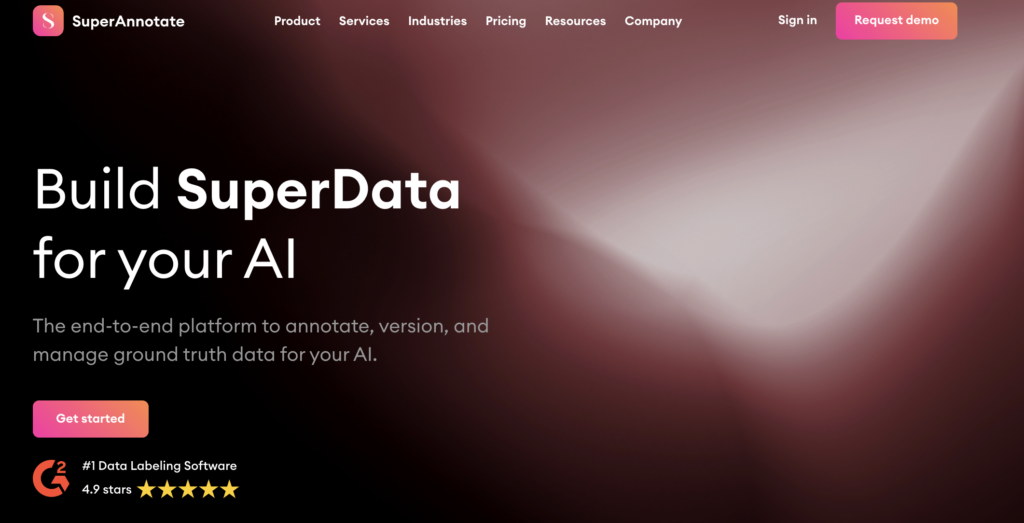
This tool has a free version for the first 100 images and for the academic research and paid version as well with three different packages. It offers vector labeling as cuboids, boxes, ellipses, polygons, lines and pixel tagging using a brush. It can be used for the image and video annotation.
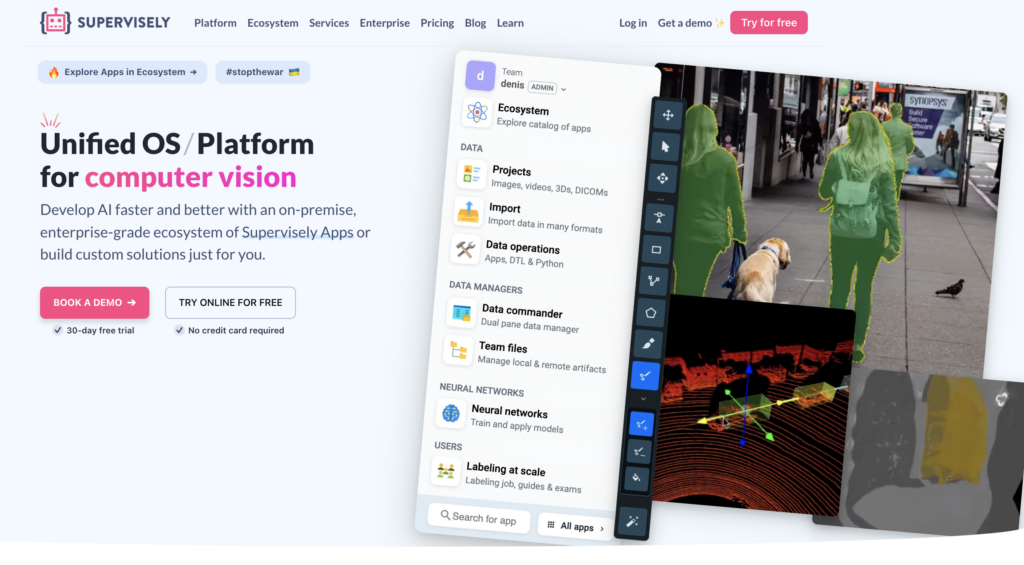
It is a nearly the best tool due to its wide range of suggested possibilities. Thus you can label data or geometric objects and add tags using this tool. It also includes many shapes for annotation such as polygons, boxes, lines, dots, bitmap brush and many others. It even suggests a function of making holes within the polygons. So here you can find a vast quantity of different interesting and useful features.
Benefits of Outsourcing Bounding Boxes Annotation
Apart from there being a lot of good tools for annotation it still may be more profitable to outsource this task to professionals. And here is a list of benefits you may receive that will prove it:
- You should not waste your time and effort on it. Annotation is a laborious and time taking task so you may have no enough time and strength to complete it. Then it would be a great decision to outsource it.
- You may receive a perfectly done work. Apart from it taking a lot of time and effort it also may be difficult to keep in mind and facilitate all the difficulties you can face. So outsourcing annotation to someone who may do this work perfectly is the best idea.
- You may save some money. Hiring a specialist may be an expensive decision but it is not when you are appealing to outsourcing it to a bounding box annotation company.
- High accuracy of the work. As it has been proved before, precise data annotation is a core and most important part of labeling. And trustful bounding box annotation vendors can manage it easily.
- Specific solutions for your concrete industry. Any field requires its own decisions so it is needed to take a careful look at it. Reliable outsourcing company can help you with it.
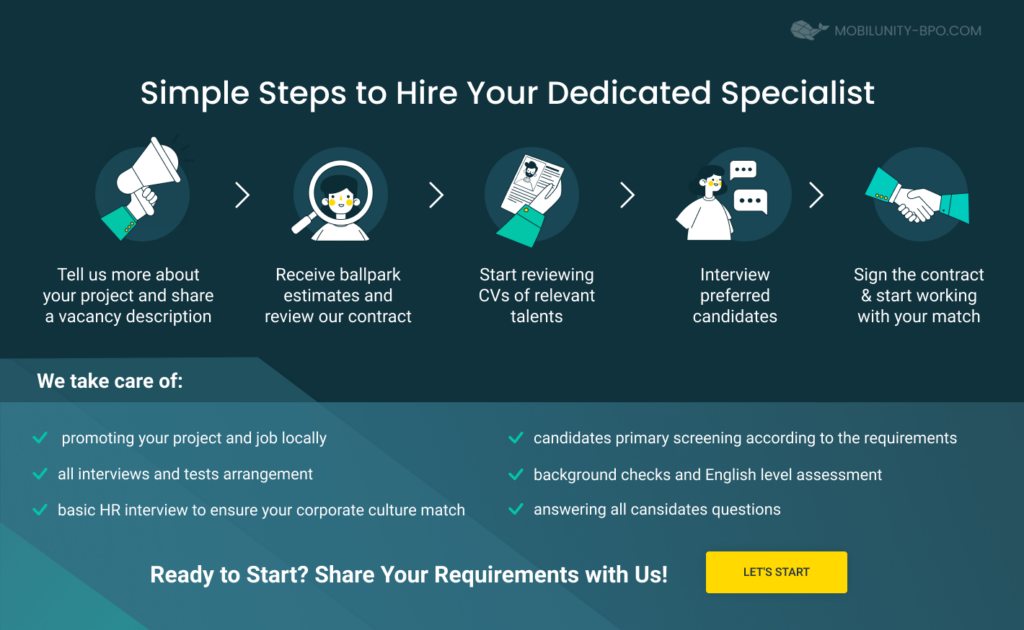
Mobilunity-BPO Is a Company You Can Trust
We are a company with more than 10 years of experience and more than 1000 successful projects. We provide different IT services including database management, data annotation, telemarketing, help desk support, online research, recruiting and HR and many more.
Our experience in data annotation as well includes bounding boxes labeling. Our company can suggest you custom services according to your needs. Thus, you can hire a specialist with us that may become a part of your team working on a long-lasting project or you can find a specialist that may complete a specific task for your project with tight deadlines.
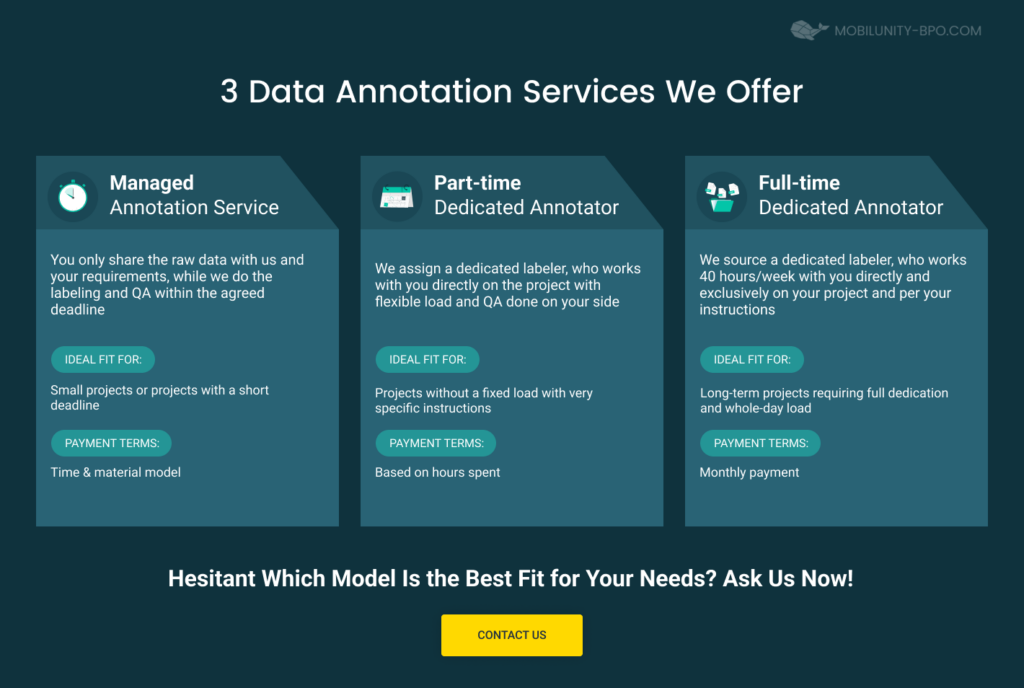
From our side we can promise that this work will be done perfectly, we will provide full management and solve employee retention issues, give a provision for the team and help all over the project.